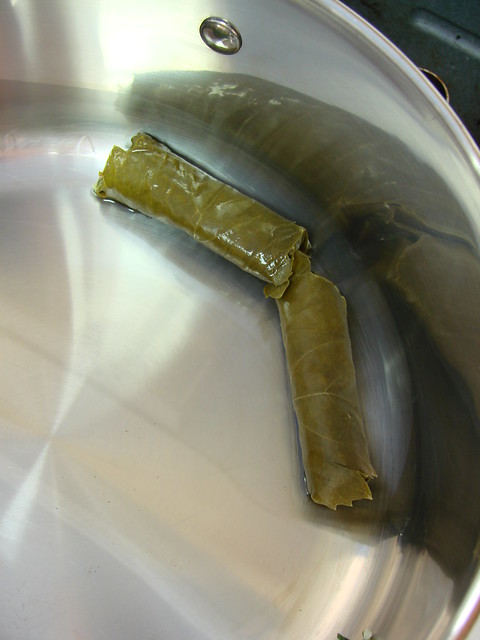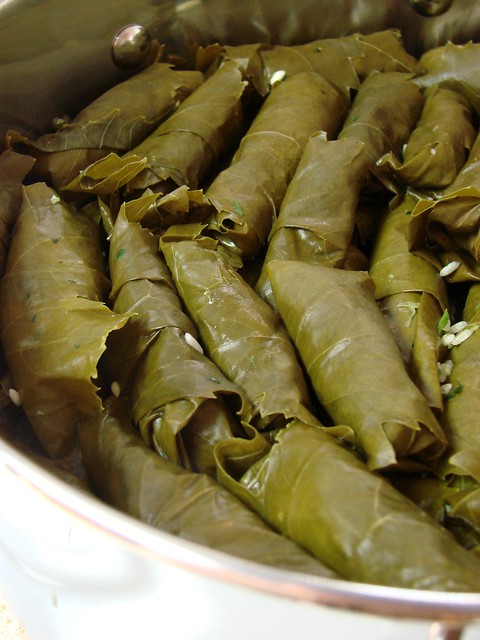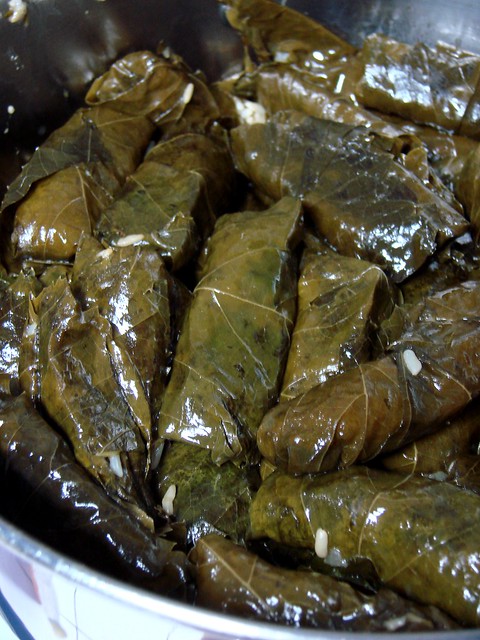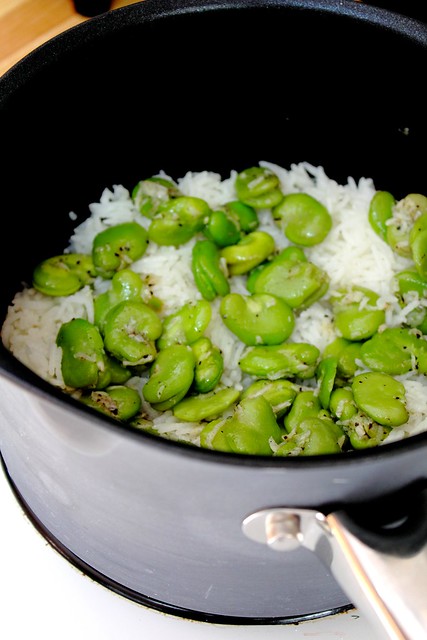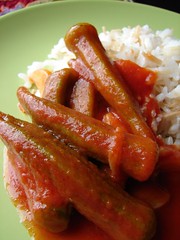






Geymar
4 1/4 cups full fat milk (1 litre)
4 1/4 cups full fat milk (1 litre)
2 cups whole cream (1/2 litre)
In a large tall pot that holds all the liquid above mix the milk and cream and put on a medium heat.
DO NOT LET IT REACH A BOIL, watch it very closely and just as it gets close to a boil remove from the heat and place on another burner (which has been set to a very low heat)
Allow it to sit on low heat for 2 whole hours.
Once the two hours are up remove it slowly or turn off the heat until it comes to room temperature on it's own (without shaking it or anything)
Now have room in your fridge prepared and place the pot in the fridge overnight.
In the morning skim off the thick creamy layer at the top and place it onto a plate. You're all set.
With the rest of the liquid you could make yogurt or use it up however you wish.
NOTE: This pot should never be covered, and remove from heat immediately if you see it bubbling.
المقادير :
لتر حليب كامل الدسم
نصف لتر من كريمه كاملة الدسم
الطريقة :
يمزج الحليب بالكريمه كاملة الدسم في قدر عميق على نار متوسطه
يراعى عدم فوران المزيج وأنما يكون قريب من الفوران يرفع فورا من النار المتوسطه
ويوضع على نار هادئه جدا لمدة ساعتين من الزمن
يرفع من على النار ويوضع جانبا الى أن تخف حراره ولا يحرك ابدا
يوضع في الثلاجه بعد تغطيته وفي الصباح يصفى الحليب الزائد ويوضع القيمر في صحن ويتناول مع المربى او العسل
أما الحليب الزائد فيمكن عمل اللبن الرائب منه أو استعماله في عمل الجبن أو تناوله مع الشاي أو القهوه
ملاحظه : يجب أن لا يغلي المزيج نهائيا ويجب ان يرفع ما أن رايتي تكون فقاعات .




























